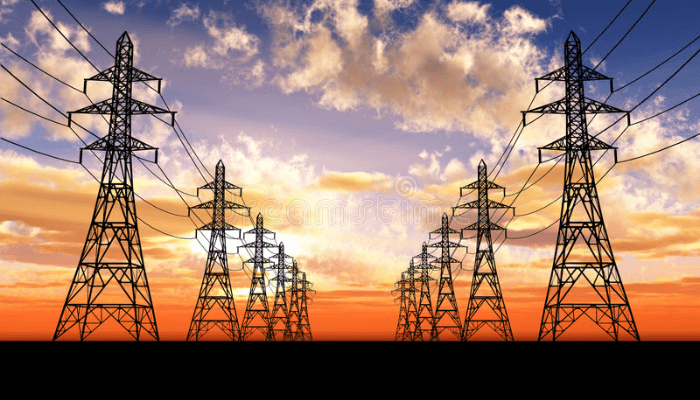Despite persistent blackouts experienced by many households and businesses across the country, Nigeria’s electricity distribution companies (DisCos) have seen their incomes soar, according to findings by BusinessDay.
Data from the Nigerian Electricity Regulatory Commission (NERC) showed the total revenue of the DisCos reached N782.58 billion in the first nine months of 2023, up from N598.86 billion in the same period of 2022. This represents a 30.7 percent increase in revenue for the DisCos.
In 2022, the DisCos posted a combined revenue of N842.42 billion, marking the highest figure in five years. It rose by 91 percent from N442 billion in 2018.
The DisCos are Abuja Electricity Distribution Company Plc, Benin Electricity Distribution Company Plc, Enugu Electricity Distribution Company Plc, Eko Electricity Distribution Company Plc, Ibadan Electricity Distribution Company Plc, Ikeja Electric Plc, Jos Electricity Distribution Company Plc, Kaduna Electricity Distribution Company Plc, Kano Electricity Distribution Company Plc, Port Harcourt Electricity Distribution Company Plc, and Yola Electricity Distribution Company Plc.
According to experts, the notable increase in revenue for DisCos can be attributed to advancements in metering technology monitoring, enhanced regulatory oversight, tariff hikes, substantial infrastructural investments, a growing customer base, and improved collection efficiency.
“This development has been facilitated by enhancements in customers’ onboarding processes and the mitigation of commercial and technical losses,” said Pedro Omontuemhen, partner, West Market Area and energy, utilities and resources Leader at PwC Nigeria.
According to Omontuemhen, the momentum behind this positive trend will only continue if the DisCos persist in enhancing power supply and minimising losses.
“To sustain this progress, DisCos must ensure the comprehensive connection of all customers and the reduction of both technical and commercial losses. Achieving these goals will result in a continual increase in their revenue numbers,” he said.
For James Akwaji, a professional in the energy sector, the estimated number of customers, the rise in the adoption of prepaid meters among customers, and enhanced collection efficiency are driving the revenue increase.
“This resulted in a higher recovery of funds, approaching or matching the amount billed to customers,” he said.
Total power generation in the country stood at 4,780.9 megawatts (MW) as at 6:00 a.m. on Wednesday, according to data from the Nigerian Electricity System Operator. An all-time peak generation of 5,801.6MW was achieved on March 1, 2021.
Long hours of outages and exorbitant estimated bills continue to plague households and businesses.
The frustration is palpable, with many Nigerians questioning whether the revenue hike is translating into any tangible improvement in service delivery.
“The DisCos are making money, but we are still suffering,” said Adeola Akinsunmade, a Lagos resident. “We don’t have light, and when we do, it is not enough to power our homes or businesses. The government needs to do something to fix this.”
Adewale Lekan, an architect residing in Alimosho near the Amikanle area of Lagos, took to social media platform X to express his frustration, highlighting the dissatisfaction prevalent in the population.
“Please serious concern about the power supply in the last two months. What is happening? Why is the government so unconcerned about the plights of the citizens? I don’t know about other discos but @IkejaElectric has been abysmally terrible,” Lekan said.
The national grid collapsed 12 times in 2023, leaving many Nigerians in darkness, with the most recent happening on December 11.
This was followed by the shutdown of Egbin Power generating station a week later to allow the Nigeria Gas Company to maintain a linking gas pipeline supplying gas to the station, leading to the reduction of 676MW of bulk power generated into the nation’s grid for three days.
Data on grid collapses reveals that in 2013, there were 24 instances of power system failures recorded in the country. The number of collapse incidents decreased to 13 in 2014. The grid experienced 10 collapses in 2015, 28 in 2016, and 21 cases in 2017.


